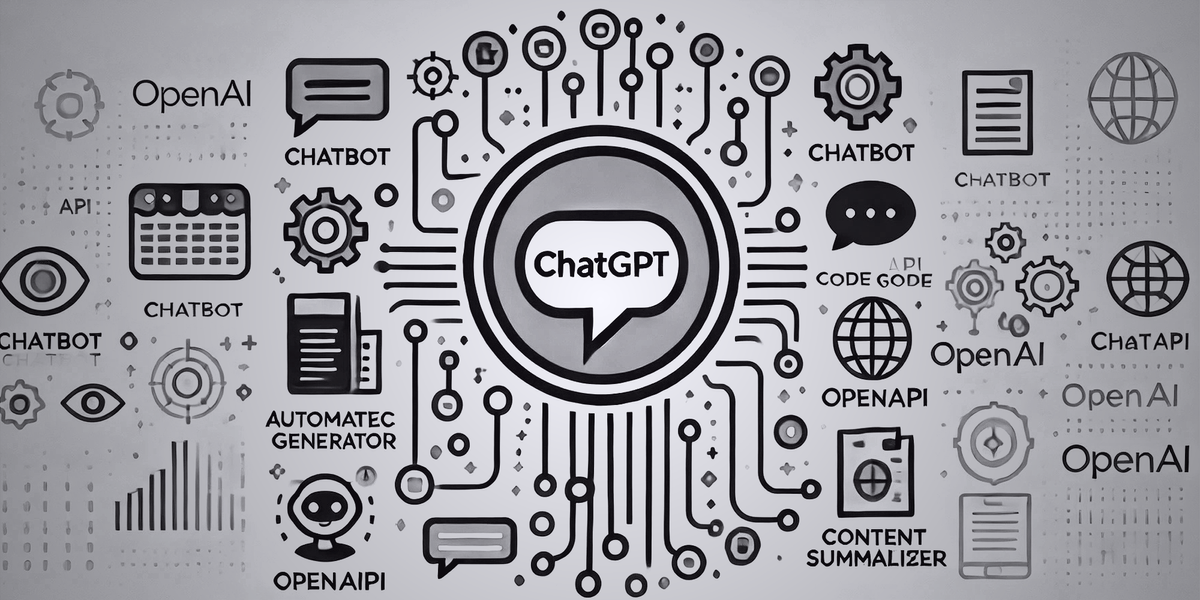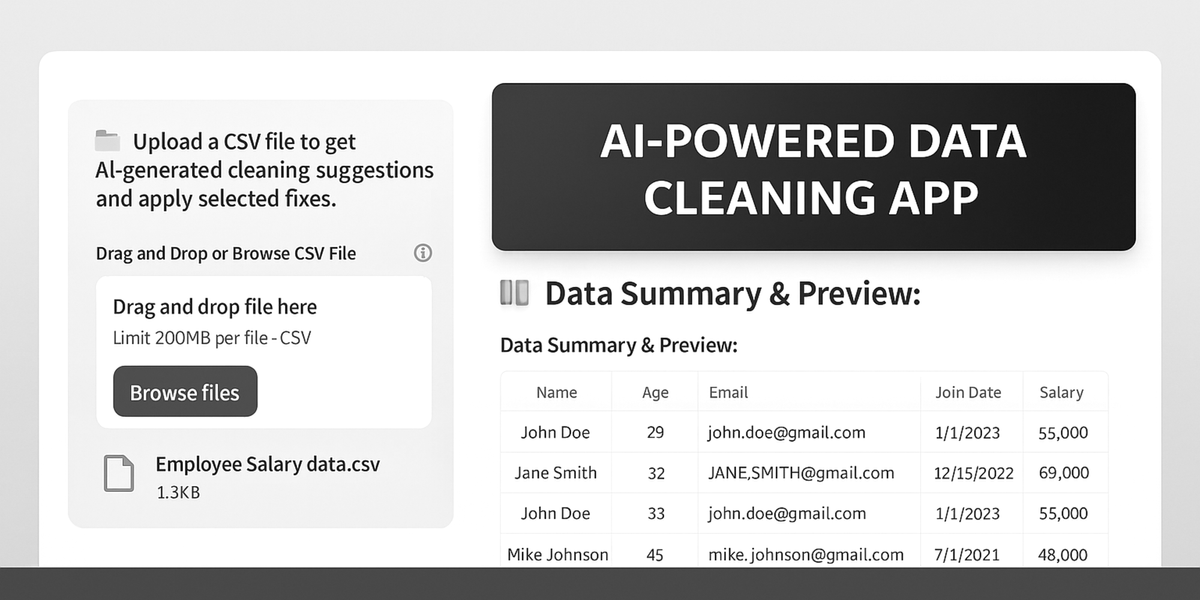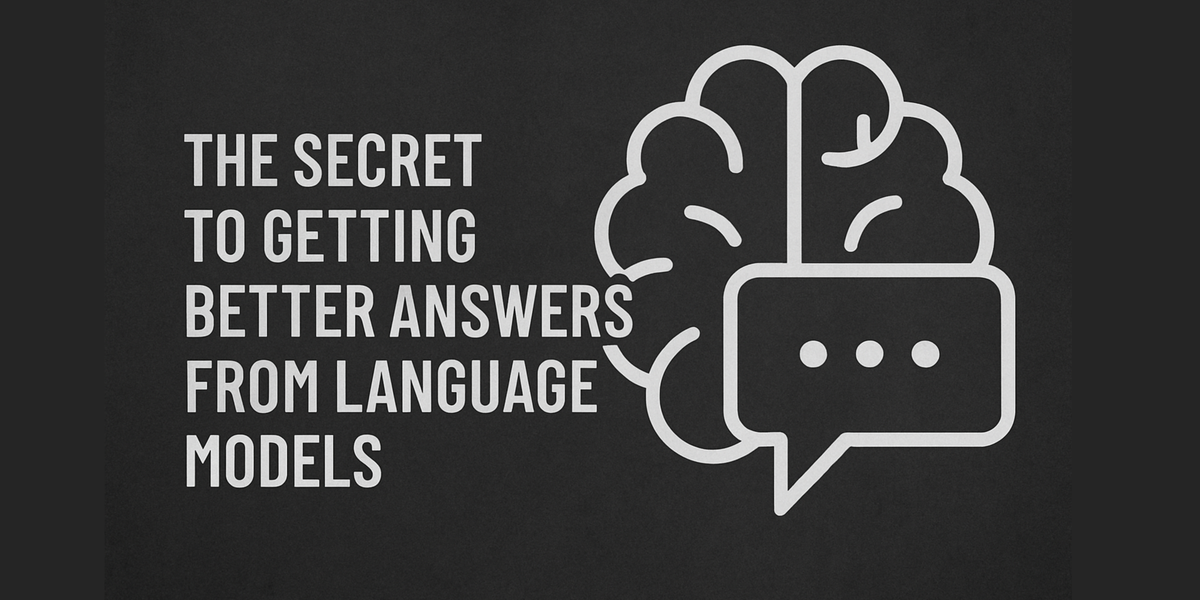Breaking Down Agentic AI and Its Core Components
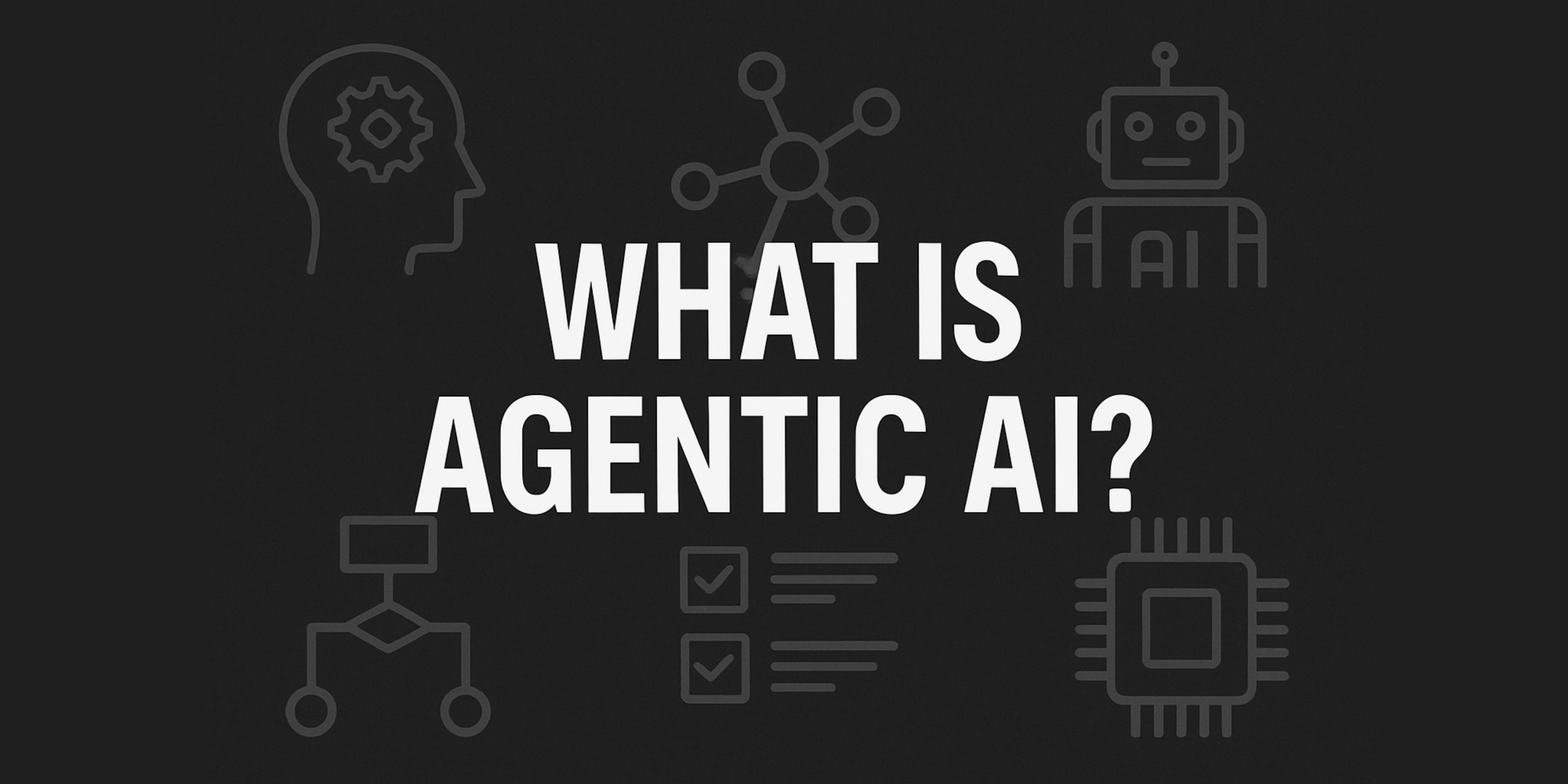
Recently, I participated in a company-wide Hackathon at JLL focused on solving real business challenges using Agentic AI. With just over a week to develop our ideas into working proof of concepts, it was an intense yet incredibly energising experience. Out of more than 1,600 colleagues and 200+ projects submitted globally, mine made it to the finals - something I’m truly grateful for.
This experience gave me the momentum I needed to learn about Agentic AI at an accelerated pace. More importantly, it made me think seriously about one key question:
What’s one impactful use case that could actually help my organisation today?
As I started exploring, I found myself coming back to a more foundational question
What is Agentic AI, really? And how is it different from the Generative AI tools we’ve all been using lately? In this blog, I want to share some of my early learnings.
We’ll break down what Agentic AI is, how it differs from Gen AI, and what its core components look like. I’ll keep things simple and relatable, just as I would’ve wanted when I first started digging into this space.
What is Agentic AI? How is it different from Generative AI?
Agentic AI refers to the ability to act independently by collecting data, analysing it, making decisions, and acting upon those decisions without human intervention.
This is quite different from how traditional Generative AI works. With Gen AI, the system needs a human to provide a prompt. It then generates a response, but that’s where it stops. The human still has to decide whether the output is useful, what to do with it, and how to act on it. Gen AI helps create content or suggestions, but the human stays in control.
With Agentic AI, that dynamic changes. You give the agent a goal, and it figures out what to do, makes decisions, and takes action - all on its own.
To make this clearer, here’s a simple comparison of how the two differ:
Key Differences between Generative AI and Agentic AI

Now that we’ve covered the differences, the next logical step is to look under the hood.
So, what actually makes an Agentic AI system work? What enables it to take independent action, remember past interactions, and adjust its path along the way?
Let’s break down the core components that bring Agentic AI to life.
Core Components of an Agentic AI System
An Agentic AI system has a complex architecture consisting of multiple components. These components work together to understand the goal, figure out what needs to be done, and take action, often across multiple steps and systems.
Let’s break down the key building blocks and how they come together.

- Goal:
A goal is the starting point. It can be something as simple as answering a question or as complex as executing a multi-step workflow across different platforms. While goals might initially look similar to prompts in GenAI, they are much more complex in execution, often requiring a multi-step process to achieve the goal.
Each goal can trigger a unique set of steps depending on what needs to be accomplished. The type, order, and logic of these steps are typically managed by the LLM.
Example:
Let’s say the goal is to analyse a GitHub project and perform a root cause analysis for a specific issue. This isn’t a one-step prompt. The agent would need to:
- Access the GitHub repository
- Retrieve the relevant code
- Understand the issue or error logic
- Suggest or even apply the fix directly in the repo
A recent real-world example of this is Codex Agent by OpenAI, which is capable of completing such tasks autonomously, from analysing code to making changes and submitting them directly to a GitHub repository.
- Planner
As the name suggests, the planner figures out how to achieve the goal by creating an execution plan. It uses the power of the language model (LLM) to break the goal into smaller, manageable subtasks, almost like writing a to-do list, and decides the best order in which to tackle them.
The planner knows what tools are available and what each tool can do. It also uses memory to reference past requests and updates it with every new decision made. This helps in improving performance over time and avoiding redundant steps. Working closely with the LLM, the planner ensures the right instructions are passed along for successful execution. This is where prompt engineering becomes critical because if the instructions aren’t clear or complete, the agent will not be able to execute the goal efficiently.
If you’re new to prompt engineering, I’ve written another blog that can help you get started. Feel free to check it out!
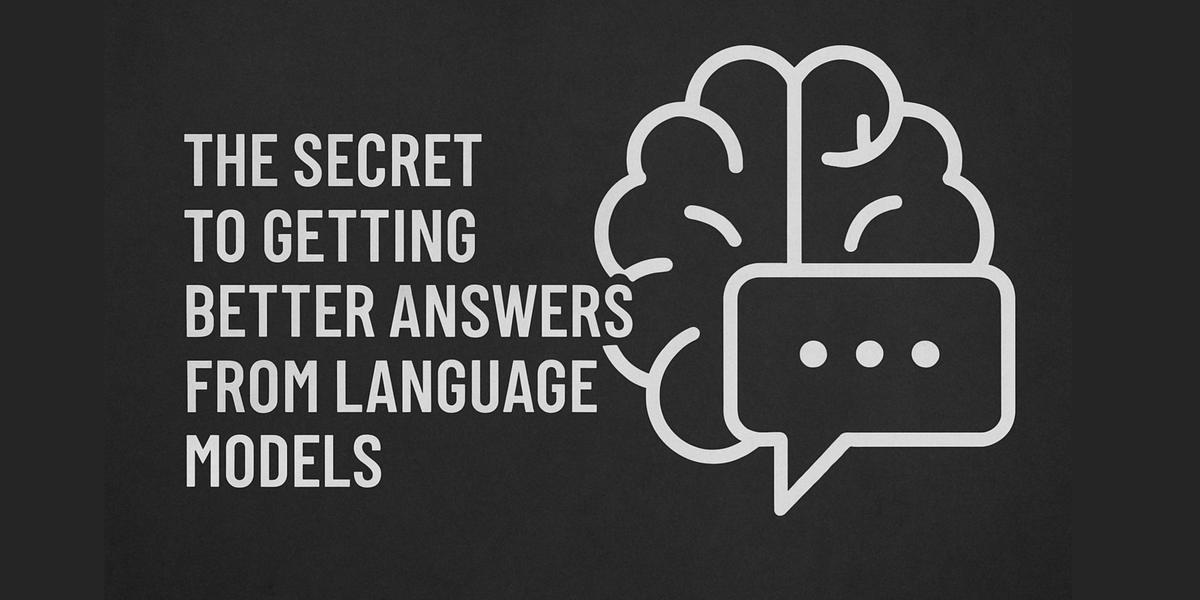
- Orchestrator
The orchestrator is the central control unit of the Agentic AI system, receiving the input goals from the user, coordinating the components, and delivering the final output.
Here’s what it does:
- Calls on the planner to create the step-by-step workflow
- Triggers the executor to carry out each step in the plan
- Keeps an eye on progress and handles any errors or issues that come up
- Maintains both short-term and long-term memory to keep track of the system's state and context
In simple terms, if the planner is the manager who figures out what needs to be done and how, the orchestrator is the leader who makes sure everything runs smoothly from start to finish.
The orchestrator doesn’t decide what to do (that’s the planner’s job), but it ensures the right thing happens at the right time by coordinating actions across components.
- Tools
In an Agentic AI system, a tool is anything the agent can use to get a job done. This could be:
- A piece of code
- An API call
- A Retrieval-Augmented Generation (RAG) system that helps search through documents based on meaning
- A database that supports creating, reading, updating, and deleting data
- Even another Generative AI model or a different Agentic AI system
Each tool comes with a profile that explains what it’s for, what inputs it needs, what outputs it gives, its capabilities, and any limits it might have. The Orchestrator looks at this profile to decide which tool to use and when, following the plan created by the Planner.
- LLM/Gen AI Models
Generative AI models act as the brain of an Agentic AI system. They bring intelligence and decision-making power to the agent. They are responsible for understanding the user’s goal, generating a plan of action (in collaboration with the planner), interpreting data or content, and summarising results in natural language so the user can easily understand the output.
An Agentic AI system often uses several different Gen AI models, each specialised for a specific task. For example, one model might handle planning and reasoning, another could manage Retrieval-Augmented Generation (RAG) to search and pull information, and a third might create images if the task requires visual content.
The choice of model depends on the goal, context, and task at hand. Using specialised models helps improve accuracy, speed, and the relevance of the results, making the agent more effective overall.
- Memory
Memory in an Agentic AI system refers to its ability to store, recall, and learn from past experiences to improve decision-making and overall performance. It is a vital component that enables the AI agent to act intelligently, adapt to new situations, and handle complex tasks.
Without memory, the agent would treat each interaction or step as completely new, lacking any context or awareness of what has happened before. Memory allows the agent to maintain continuity, keep track of progress, and avoid repeating mistakes. Typically, there are two types of memory in an agent:
- Short-Term Memory: Memory in an Agentic AI system refers to its ability to store, recall, and learn from past experiences to improve decision-making and overall performance. It is a vital component that enables the AI agent to act intelligently, adapt to new situations, and handle complex tasks that unfold over time. Without memory, the agent would treat each interaction or step as completely new, lacking any context or awareness of what has happened before. Memory allows the agent to maintain continuity, keep track of progress, and avoid repeating mistakes.
- Long-Term Memory
This lasts across multiple sessions and helps the agent “remember” and learn over time. It can take different forms, such as:- Parameter memory: When a model is fine-tuned for a specific agent, those updated parameters become part of its long-term memory.
- Vector databases: Used in Retrieval-Augmented Generation (RAG) systems to store and quickly find relevant past knowledge.
- Archived short-term memory: Past conversations, planning decisions, and tool usage can be saved and referenced in future sessions.
Long-term memory allows the agent to build a history of interactions, goals, and actions. This helps it get better over time, becoming more aware of context and more effective at completing tasks.
Closing
Thanks for sticking with me this far. I hope this blog gave you a clearer picture of what makes Agentic AI different from Generative AI and how its core components work together to act independently. In the next blog, we’ll explore Design Patterns in Agentic AI, exploring proven architectures and best practices that enable building effective and reliable agentic systems. Stay tuned!
Related Articles
